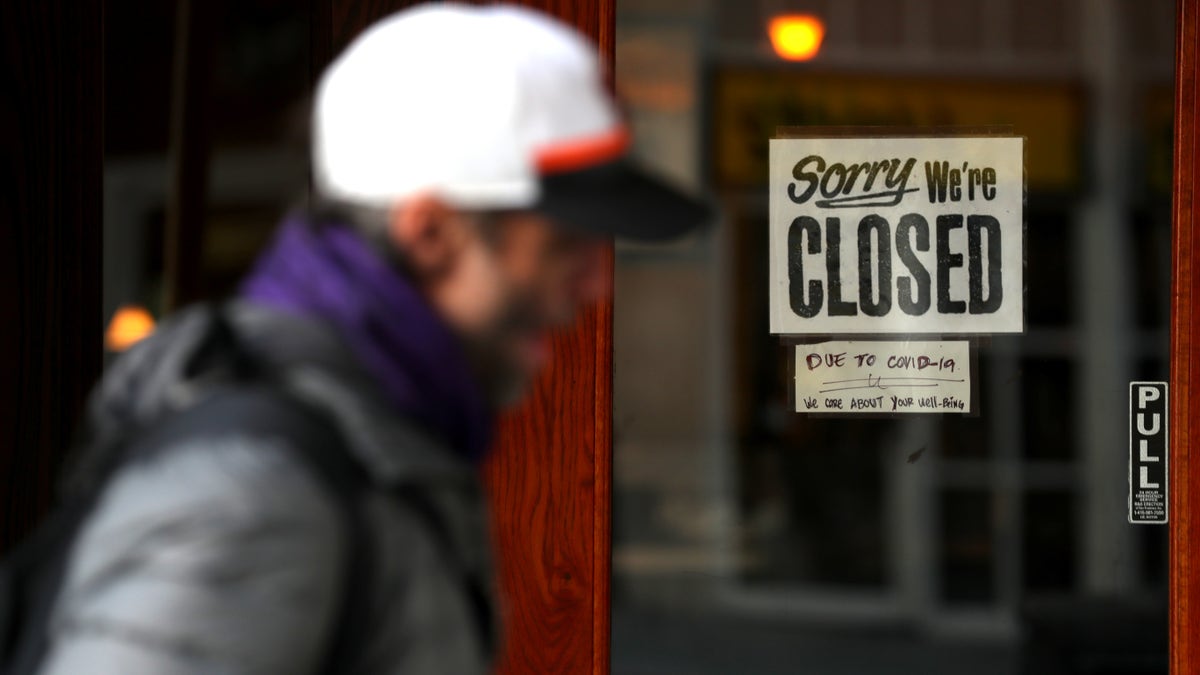Coronavirus pandemic impact: What is telemedicine and telehealth?
With the outbreak of COVID-19, health care services are incentivizing the idea of treating patients from their homes. Here is why telemedicine and telehealth services are becoming a popular option for many.
Get all the latest news on coronavirus and more delivered daily to your inbox. Sign up here.
Telemedicine has gained newfound relevance with the coronavirus pandemic.
According to Teladoc, a telehealth company, demand for the services are rising rapidly, as patient visit volume recently spiked 50 percent week-over-week. As a result, Teladoc provided approximately 100,000 virtual medical visits to patients in the U.S. last week, “helping to alleviate pressure on the broader health care system,” the company said in a statement.
On March 17, the Trump administration announced what it called “unprecedented steps” to expand Americans' access to telehealth and telemedicine services during the COVID-19 outbreak.

SAN FRANCISCO, CALIFORNIA - MARCH 17: A pedestrian walks by a closed sign on the door of a restaurant on March 17, 2020 in San Francisco, California. (Photo by Justin Sullivan/Getty Images)
TOP CORONAVIRUS SCAMS TO BE AWARE OF
As of March 6, Medicare will temporarily pay clinicians to provide telehealth services for Medicare and Medicaid beneficiaries across the entire country.
The changes will allow seniors to communicate remotely with their doctors, making it unnecessary in some cases to travel to a health care facility. This will “limit risk of exposure and spread of this virus,” said Medicare administrator Seema Verma in a statement.
Beyond just seniors, telehealth, telemedicine and virtual care can limit the risk of person-to-person spread of the virus. The World Health Organization (WHO) recommends using telemedicine to evaluate suspected cases of COVID-19 disease, “thus minimizing the need for these individuals to go to health care facilities for evaluation.”
Telemedicine and telehealth can take various forms, but it includes the following, as spelled out by American Telemedicine Association (ATA):
- Remote access to medical services. This brings health care services to distant locations, extending the reach of physicians and health facilities.
- Live videoconferencing and live, interactive consultation. This involves, for example, a health professional providing consultation with a patient or a specialist assisting the physician in rendering a diagnosis.
- "Store and forward." This involves the storage and transmission of diagnostic images, vital signs and/or video clips along with patient data for later review. This allows a health professional to render a diagnosis.
- Remote patient monitoring: For example, monitoring blood glucose or heart ECG. These services can be used to supplement visiting nurses.
- Mobile health: It utilizes the Internet and wireless devices to get specialized health information. Also, online discussion groups can provide peer-to-peer support.
CLICK HERE FOR COMPLETE CORONAVIRUS COVERAGE
Reducing or containing the cost of health care is one of the strongest motivators to fund and adopt virtual care technologies, according to the ATA.
Telehealth and telemedicine help to keep “people safe and out of hospitals and doctors’ offices, map the virus and triage individuals needing medical care,” said Ann Mond Johnson, CEO of ATA, in a statement.
“The traditional health care system simply does not have the capacity to address a worst-case scenario when it comes to the coronavirus,” Mark Smith, M.D., professor of clinical medicine at the University of California at San Francisco (UCSF) and member of the Teladoc Health board of directors, said in a statement.

